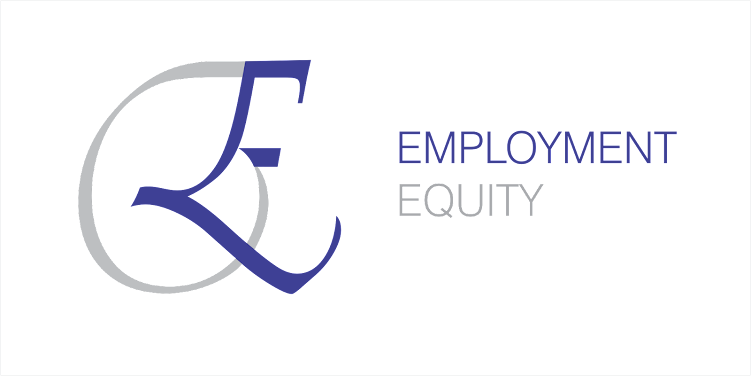Most South African organisations with 50 or more employees already employ enough people with disabilities to meet the new 3% Employment Equity target. The problem is not recruitment. It is disclosure. Employees are concealing qualifying conditions because they fear discrimination, and employers have not yet created environments where disclosure feels safe. With the 31 August 2025 deadline for new five-year Employment Equity plans approaching, organisations that recognise this reality will meet their legal obligations whilst accessing talent they already possess. The Immediate Reality Since 1 January 2025, designated employers must achieve a 3% employment target for persons with disabilities, an increase from the previous 2% that many organisations struggled to meet. The legal consequences of non-compliance are substantial. Failure to meet targets can attract fines of up to 10% of annual turnover. An Employment Equity Compliance Certificate is now mandatory for conducting business wit...
According to the politicians, it will change and stay the same; it makes no sense whatsoever. In this article, I explore the new changes and how they will be implemented by the Department of Employment and Labour ("DeL"). As always, I'm brutally honest and call a spade a spade in the new Employment Equity Act 2.0. Who must report! According to the DeL, all companies must comply with the terms of the Employment Equity Act. As per the old Act, Employers are split between designated more than 49 employees and non-designate employers, less than 49 employees. In terms of EEA 2.0, designated employers must report annually. Non-designated employers do not have to report but must still comply with the Act to receive a compliance certificate. The compliance of both revolves around minimum wage, harassment, discrimination and their industries, race, and gender targets. DeL refers to this as sector numerical targets and transformation targets; it's just a polished, politically c...
